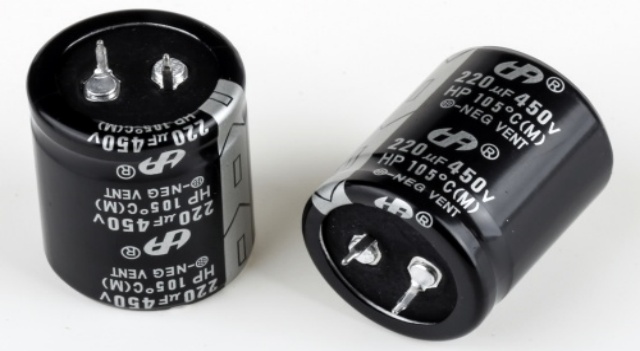How to Test a Capacitor
Apr 08, 2024
Capacitors are essential components in various electronic devices and circuits, storing and releasing electrical energy as needed. Over time, capacitors may degrade or fail, affecting the performance of the equipment they're in. Therefore, knowing how to test a capacitor is crucial for troubleshooting and maintaining electronic systems.
1. Visual Inspection.
Before testing a capacitor, it's essential to perform a visual inspection to check for any signs of physical damage or leakage. Look for bulging or swollen capacitors, as well as any leaks or discoloration on the capacitor casing. These visual cues can indicate potential issues and help determine if further testing is necessary.
2. Using a Multimeter.
One of the most common methods to test a capacitor is by using a digital multimeter. Follow these steps to test a capacitor nu using a multimeter.
a. Set the multimeter to the capacitance (farads) setting.
b. Discharge the capacitor by shorting its terminals with a resistor or insulated screwdriver.
c. Connect the multimeter probes to the capacitor terminals, ensuring proper polarity.
d. The multimeter will display the capacitance value of the capacitor. Compare this value to the capacitor's rated capacitance to determine if it's within acceptable tolerance.
3. Capacitance Testing with an LCR Meter.
An LCR meter provides more accurate capacitance measurements compared to a multimeter. Follow these steps to test a capacitor by using an LCR meter.
a. Set the LCR meter to the capacitance (C) mode.
b. Discharge the capacitor as described earlier.
c. Connect the LCR meter leads to the capacitor terminals, observing proper polarity.
d. The LCR meter will display the capacitance value of the capacitor, allowing for precise measurement and comparison to the rated capacitance.
4. ESR (Equivalent Series Resistance) Testing.
ESR testing is used to assess the internal resistance of a capacitor, which can indicate its health and performance. Follow these steps to test a capacitor's ESR:
a. Use an ESR meter or a dedicated ESR tester.
b. Discharge the capacitor and ensure it's disconnected from the circuit.
c. Connect the ESR meter probes to the capacitor terminals, observing proper polarity.
d. The ESR meter will display the equivalent series resistance of the capacitor. Lower ESR values typically indicate healthier capacitors.
Testing capacitors is essential for ensuring the reliability and performance of electronic systems. By following the methods outlined, people can effectively assess the condition of capacitors and identify any potential issues. Regular testing and maintenance can help prevent failures and prolong the lifespan of electronic devices and equipment, saving time and resources in the long run. Remember to exercise caution and follow safety procedures when working with capacitors to avoid electrical hazards.

